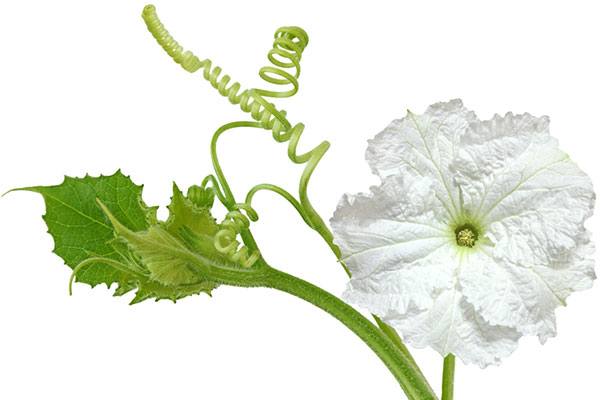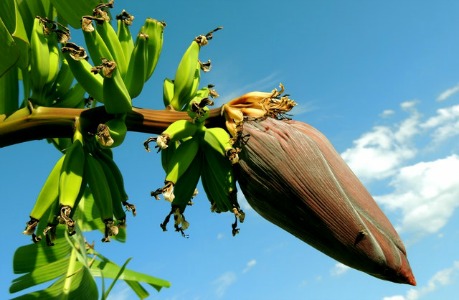“Alright class, draw a complete flower showing its parts.”
That was the instruction of a teacher who gave a surprise quiz to assess the basic learning of his students about plant structures.
To his surprise when he checked the papers, some drew a potted mature plant complete with the parts of the shoot from trunk to blossoms. It elicited a grin, nonetheless.
On second thought, it should not be a surprise.


So What Is a Flower?
It is a plant organ. It is a reproductive structure of an angiospermous plant.
It is a determinate, modified shoot having either or both a stamen and pistil where male and female sexual gametes are produced, respectively.
It is the pistil that develops into a seed or seeds enclosed in fruits.
In addition, this plant organ may also consist of outer whorls of petals and/or sepals.
It is essential to natural reproduction in the angiosperms by seeds. However, this function is indirect.
It does not give rise to a new plant but develops into a fruit and seed.
It is the seed, specifically the embryo inside, which germinates and transforms into a new plant.
Should any angiospermous plant be prevented from producing this particular organ, there would be no fruits and seeds.
Stated another way, it is necessary that in crop agriculture where the economic product is the fruit and/or the seed, angiospermous plants should be provided with the right conditions that will induce the floral formation and ensure development.
Flowers are present in various forms and sizes in the angiosperms although they may be small and inconspicuous in some species.
This reproductive organ is unique and is the reason why the angiosperms are also called true flowering plants.
In contrast, other plants such as the pines, conifers, gnetum, ferns, fern allies, and bryophytes do not have flowers and are excluded from the angiosperms.
Common Usage
In common usage, that is, outside botany, the term refers to that which certain plants produce, also called blossom, that is colorful, clearly visible, and easily becomes an eye-catcher as in roses, orchids, chrysanthemum, anthurium, and gerbera.
These are popular in the cut-flower industry. They are commonly used as focal parts of wreaths and plant decors.
A mother would also have arranged with her son the regular care of ornamental plants in the following manner: ( referring to, for example, potted anthurium, bougainvilla, and roses)
“Boy, it’s your task to water our flowers everyday.”
In these instances, the common denominator is primarily the presence of attractive blossoms as perceived primarily through the sense of sight.
Misuse and Misconceptions
Unfortunately, the boundary that separates botanical and vernacular use is often not clearly defined.
With time, that “Boy (or girl), it’s your task to water them every day” has become so engraved in the memory, transforming the term into one that is meant to refer to a whole plant rather than a mere part thereof.
This is the reason for that drawing of a complete plant as narrated at the start of this page.
As to many others and not the above boy or girl, the misconception that such a plant organ should be attractive, colorful, and clearly visible has likewise become permanent.
It is not surprising, therefore, that even in basic morphology there arises a difficulty in explaining the concept of this reproductive organ.
And especially so in grasses.
